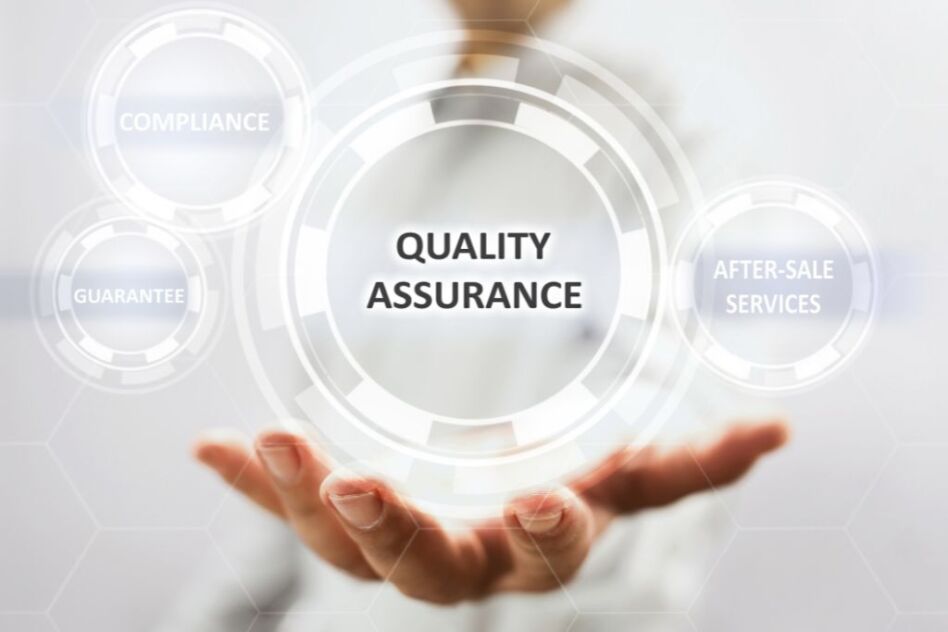In the modern era of global connectivity, businesses are expanding their presence across international borders like never before. The key to successful global communication lies in delivering accurate and culturally relevant translations. However, ensuring translation excellence goes well beyond linguistics alone. It involves a comprehensive quality assurance (QA) process that upholds brand reputation, fosters customer satisfaction and drives business success. In this blog post we will dive into the essential steps of translation quality assurance and highlight its significance in achieving excellence every time.
Step 1: Understanding client requirements
The foundation of any successful translation project begins with a thorough understanding of the client’s requirements. Professional language service providers, like Skrivanek, initiate the process by collaborating closely with clients to grasp the project scope, target audience, subject matter and any specific instructions. This clear communication from the outset ensures that all subsequent steps align with the client’s expectations.
Step 2: Choosing the right translation team
Translation quality assurance starts with assembling the right team of linguists. Expert translators with subject matter expertise and native-level proficiency in both the source and target languages are essential. These linguists bring an in-depth understanding of cultural nuances and context, enabling them to produce translations that resonate with the intended audience.
Step 3: Implementing translation memory (TM) tools
Translation memory (TM) tools are an integral part of the quality assurance process. These tools store previously translated content, ensuring consistency across the entire project and subsequent translations. By leveraging TM, businesses can save time and costs while maintaining uniformity in terminology and style.
Step 4: Cultural adaptation and localisation
Language is not static, and its impact can vary greatly across cultures. Quality assurance involves cultural adaptation and localisation to specifically tailor translations to the target audience. This step ensures that the content is not only linguistically accurate but also culturally appropriate, fostering a stronger connection with customers in different regions.
Step 5: Bilingual review and editing
To ensure the utmost accuracy, a bilingual review and editing process is undertaken. Experienced linguists, proficient in both the source and target languages, meticulously review the translated content for errors, clarity and consistency. This step helps identify any potential issues and rectify them before finalising the translations.
Step 6: Comprehensive quality control
A robust translation quality assurance process includes rigorous quality control measures. This entails using advanced tools to check for grammar, syntax and formatting errors, ensuring the translated content adheres to industry standards and complies with specific requirements.
Step 7: Client review and feedback
Client involvement is pivotal to the quality assurance process. Language service providers encourage clients to review their translations and provide feedback. This collaborative approach facilitates the identification of any additional nuances or specific requirements that may have initially been overlooked.
Translation quality assurance is a multifaceted process that demands precision, cultural sensitivity and collaboration. A well-executed quality assurance process not only upholds brand reputation by delivering accurate and reliable translations, but also enhances customer satisfaction. Through language adaptation, cultural relevance and thorough review, businesses can ensure that their message transcends linguistic boundaries, resonating with diverse audiences worldwide.
At Skrivanek we take pride in delivering excellence through our stringent translation quality assurance process. By prioritising client requirements, engaging expert linguists and implementing cutting-edge technology, we strive to exceed expectation and drive the success of our clients in the global marketplace. So, whether you’re expanding into new territories or strengthening existing global connections, a robust quality assurance process is the cornerstone of your multilingual communication strategy.
Alexander Ingram
